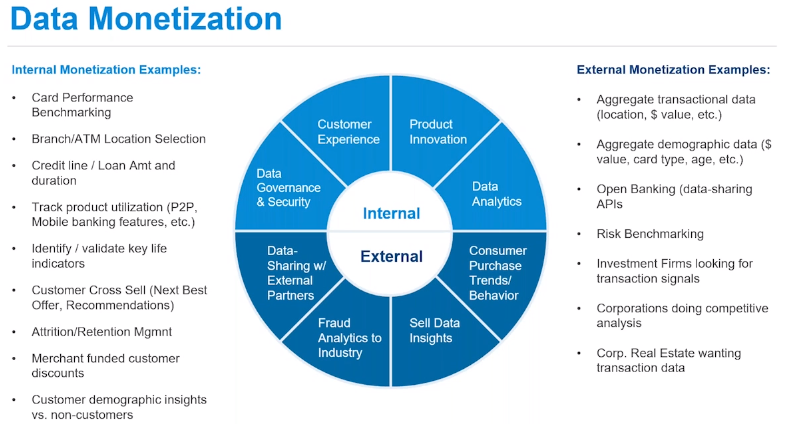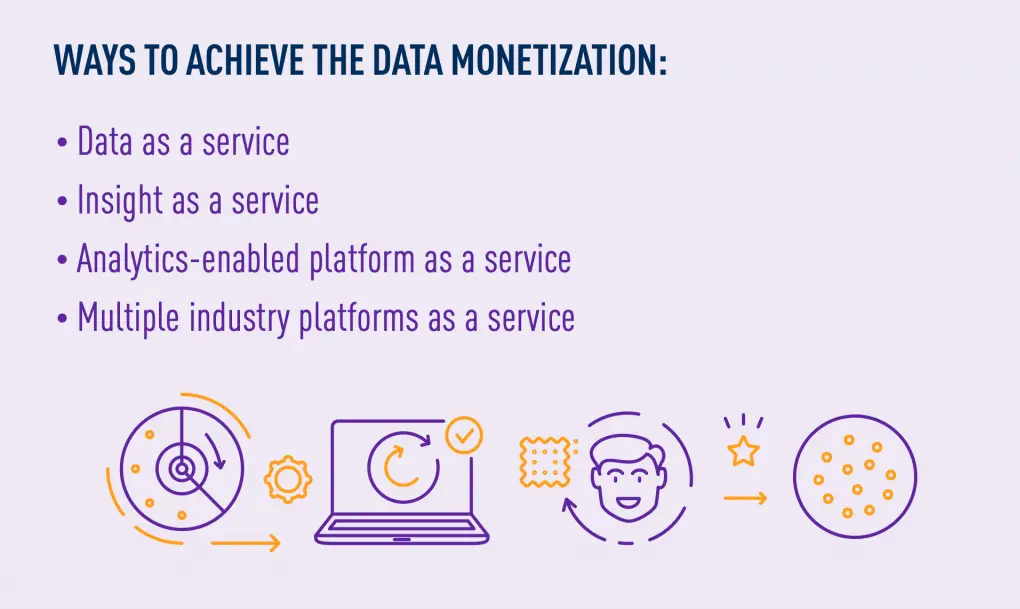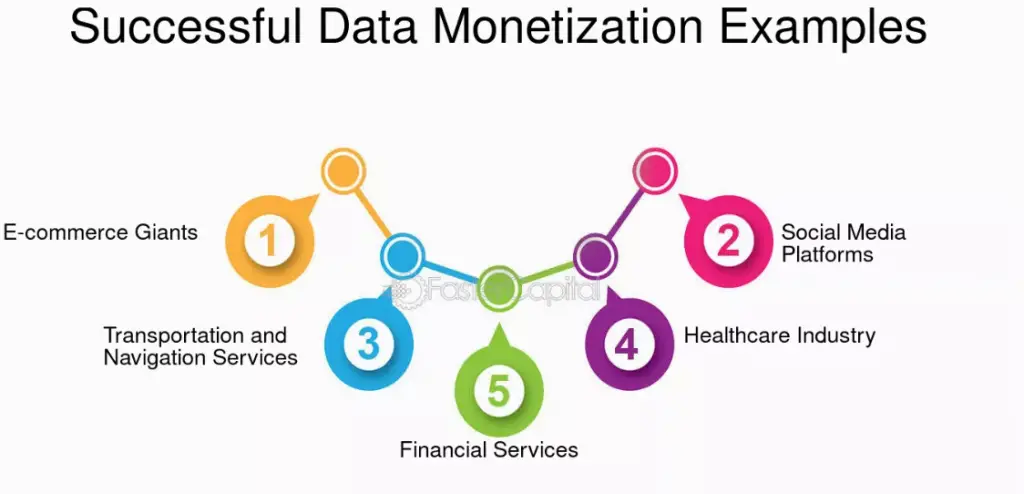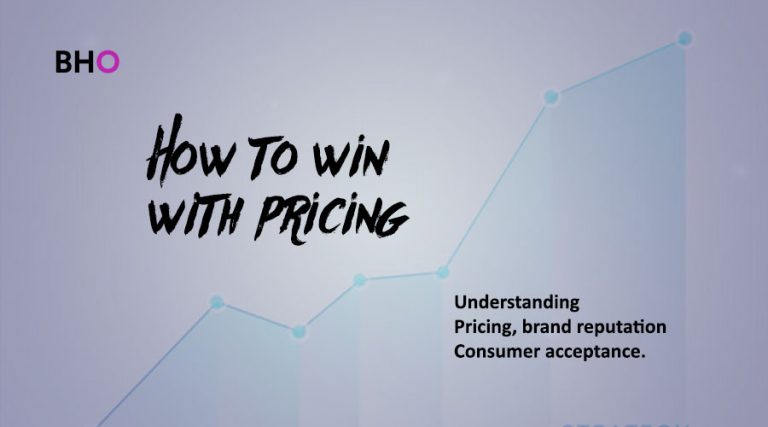Internal Data Monetization for Business Success.
Unlocking the Untapped Power of Data Monetisation in Your Business, Startup, Company, etc.

Table of Contents
Introduction
Data has become one of the most critical business resources in today’s rapidly changing world of digital technology.
Data is a collection of discrete continuous values that convey information, describing quantity, quality, fact, statistics,etc. It can be further organized, summarized and interpreted formally (analysis) and applied in order to make informed decisions.
N.b. a datum is an individual value in a collection of data.
In today’s rapidly evolving digital and financial landscape, data has emerged as one of the most valuable resources for businesses.
The power not just to gather vast amounts of data but to effectively monetize it has become a game changer for companies that aim to increase their revenue streams, improve decision making, and gain a competitive edge compared to the rest. Data monetization is a concept which was once thought of as abstract, and is now at the very core of many business strategies.
What is data monetization?
Data monetization refers to the process of generating revenue from available data sources. It is the process where company-generated data is used to create measurable economic benefit.

Businesses typically gather data from various touchpoints, this can include: selling data to third parties or using data internally to improve processes or realize new innovation opportunities, customer interactions, sales, supply chains, marketing channels, and more. However, the real value of this data lies not just in its collection, but in how effectively it is utilized to create new opportunities for profit.
N.b. The explosion of big data and advanced analytics tools has fueled the demand for actionable insights. According to a report by McKinsey in 2014 and Data Ideology in 2020 and Forbes in 2023, companies that use data-driven decision-making are 23 times more likely to top their competitors in customer acquisition, nearly 7 times as likely to retain customers, and 19 times more likely to be profitable than those who don’t. This demonstrates the value of using data not just for operations but for long-term business success.
Companies like Google and Facebook for example built their business models on data. Google, through its AdWords and AdSense platforms, monetizes user search and browsing data, allowing advertisers to target specific user demographics with high precision. Similarly, Facebook sells targeted ads based on user behavior and preferences collected from its platform, making data a primary driver of its multibillion-dollar revenue.
Types of Data Monetization
There are two primary types of data monetization:
Internal Data Monetization:
This is the method of using data and analytics to make informed business decisions that turn into measurable improvements to the way a company does business i.e. using data to optimize business operations, improve customer experiences, and reduce costs. For example, companies use customer data to personalize marketing efforts, leading to increased sales conversions.

External Data Monetization:
In this approach, companies sell or share their data with third parties. Data can be sold directly or used to create value-added services. This can be in the form of benchmarking or forecasting reports, insights, survey data, one-off datasets or any kind of customer interaction data that other companies pay for.
There are two primary approaches to external data monetization: Data as a Service (DaaS) and Insights as a Service (IaaS). DaaS offers access to raw, governed datasets that consumers use independently, while IaaS provides analytical expertise, offering pre-built visualizations and reports to guide decision-making. Both models can be sold as one-time products or through subscriptions and are delivered via business intelligence (BI) tools like PowerBI and Tableau. Additionally, analytics-enabled platforms offer scalable real-time data analytics, and embedded analytics integrate advanced data features into existing BI applications, representing the most advanced form of data monetization.

Why Data Monetization Matters
According to Fortune business insights, The global data monetization market size was valued at USD 2.99 billion in 2023. The market is projected to be worth USD 3.47 billion in 2024 and reach USD 12.62 billion by 2032, exhibiting a CAGR of 17.5% during the forecast period.
With only 25% of large companies and 23% of larger medium-sized companies launching data monetization products and 9% of small companies, 13% of small-medium-sized companies monetizing their data- barc.com , here is why your company should make the leap today:
- It creates New Revenue Streams: Even if you aren’t planning to sell your data to a third party, data monetization can still generate new streams of revenue. For example, uncovering new customer trends within your data can precipitate the creation of a brand new product to meet those newly-discovered demands.
- It provides a Competitive Advantage: In mature industries, it’s difficult for businesses to differentiate themselves. Well-executed data monetization strategies can help to gain an edge on competitors who’ve yet to harness the power of their data effectively.
- Create Strategic Partnerships: Data monetization does not have to be limited to strictly numerical gains. You can offer your data analysis discoveries to interested third parties, such as banks and credit providers, to receive favorable terms in return.
Common Data Monetization Use Cases
As businesses shift toward more digital, data-driven operations, the ability to extract value from data has proven to be transformative. This monetization can be applied across various industries and business models. Consider these use cases:

- E-commerce giants & Retailers can utilize customer data to optimize inventory management and personalize product recommendations. Amazon, for example, harnesses customer purchase and browsing data to create highly personalized shopping experiences, increasing sales and customer retention.
- Financial institutions leverage data for risk assessment and fraud detection. By analyzing transactional data in real-time, banks can identify fraudulent activities more quickly, reducing losses and improving customer trust.
- Media and entertainment companies such as Netflix use viewer data to tailor content recommendations, significantly increasing user engagement and subscription retention rates.
- Health establishments like IBM Watson Health analyze vast amounts of medical data, and offer data-driven insights to healthcare providers, enabling them to make more accurate diagnoses, develop personalized treatment plans, and improve patient outcomes.
The Best Practices for Successful Data Monetization
While data monetization holds great potential, it comes with its challenges. Privacy concerns, regulatory compliance, and data quality issues can pose significant hurdles. Businesses aiming to succeed in data monetization must follow these best practices:
- Ensure Data Privacy and Compliance: With increasing regulatory scrutiny from laws like GDPR (General Data Protection Regulation) and CCPA (California Consumer Privacy Act), businesses must ensure that their data collection, sharing, and monetization practices comply with legal requirements. Prioritizing customer privacy and transparent data practices can build trust and avoid legal pitfalls.
- Invest in Data Quality and Analytics: Data is only as valuable as the insights it generates. Investing in high-quality analytics tools that help transform raw data into actionable insights is critical. The rise of AI and machine learning has further enhanced companies’ ability to sift through massive datasets and generate predictive insights.
- Get Buy in from the Organization: Monetizing data will require cooperation from multiple departments—including sales, marketing, legal, finance, IT, and more. For data monetization to be successful, it needs to be viewed as an organizational effort up front, and responsibilities need to be clear for everyone involved. It is also critical to have dedicated product owners who champion the project and see the vision executed all the way through.
- Foster a Data-Driven Culture: This means training teams to understand and utilize data in their decision-making processes and ensuring that leadership prioritizes data-backed strategies.
- Diversify Data Monetization Approaches: Some companies may benefit from external data monetization, while others may see greater returns by focusing on internal data use. The key is to diversify the approaches depending on business objectives and industry trends.
In conclusion, data monetization is no longer just an add-on strategy for modern businesses; it is an essential part of growth and innovation. By effectively harnessing the power of data, businesses can open up new revenue streams, improve decision-making, and stay ahead of the competition. However, success in data monetization depends on careful strategy, investment in analytics, and adherence to privacy regulations.
References
- A complete guide to data Monetization- Talend Data Monetization: Get a Complete Guide | Talend.
- What is data? Data – Wikipedia
- Data analytics and PowerBi tools- Business Hub One- Maximizing Data analytics for Business Success
- How to start with data monetization- analytics8- Data Monetization: How to Do It So You Can Get More Value Out of Your Data.
- Data Monetization Market Size, Share | Global Report [2032]– Fortune Business Insights
- Data monetization: Transforming Data into Revenue Streams: Strategies and Benefits – FasterCapital







